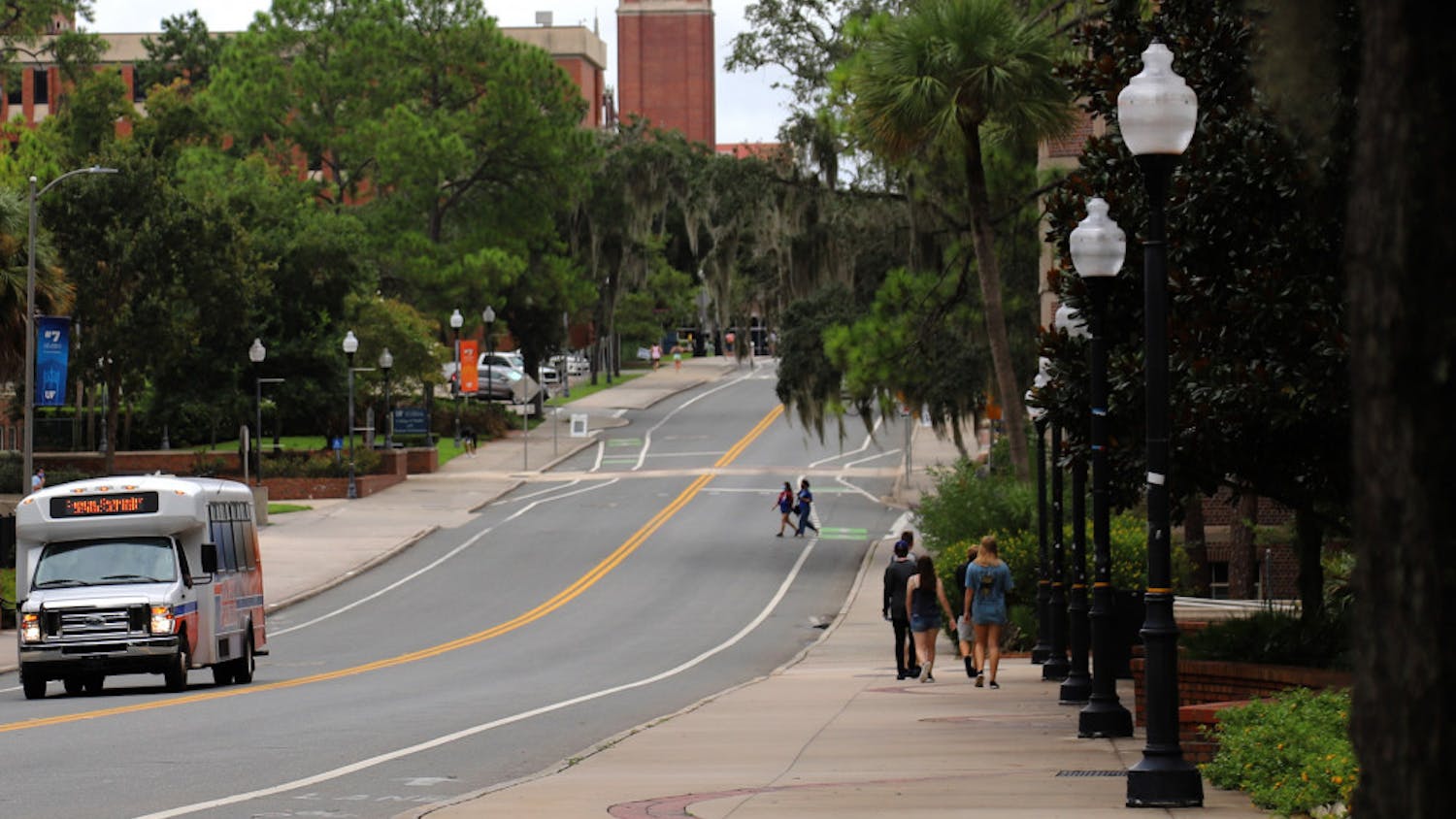Newly discovered chemicals may fight colon cancer
UF researchers have discovered chemical compounds that can help fight colon cancer.
A team of eight researchers from UF’s College of Pharmacy recently discovered the compounds using “novel ring distortion strategy,” which uses the low-cost organic molecule yohimbine to produce 70 different compounds, said Robert Huigens, the study’s principal researcher and a UF medicinal chemistry assistant professor.
Out of six promising compounds produced, researchers discovered that some can reduce inflammation, while another discovery, named Y7g, could help fight cancerous colon cells by preventing them from spreading.
“If we were able to show, through pre-clinical trials that this compound could be developed into something, then this could be big,” Huigens said.
Using the novel ring distortion method helps improve the diversity of compound screening libraries, which are vital for developing and testing pharmaceutical drugs, he said.
Generally, molecular diversity in a library yields more successful results for drug producers.
Although the potential applications of these compounds may sound promising, the study is just the first step in the long process of developing a suitable pharmaceutical drug, he said.
“The current drugs we have do a good job for certain scenarios, but there are definitely improvements to be made,” he said.
- Harrison O’Keeffe
UF researchers grow diverse crops in Florida
UF researchers with the Institute of Food and Agricultural Sciences have found that vegetables not typically used in American cooking can easily be grown in Florida.
The study, which was published in November 2016, tested 28 vegetables in climates across the east coast to see if they could be grown in America. People from minority groups who use these vegetables were found to buy two to three times more than white people — and they were prepared to pay higher prices, said Gene McAvoy, an institute vegetable extension agent who worked on the study.
The crops, which included vegetables like amaranth and ginger, are highly adaptable, and some were grown in Florida with little difficulty, he said.
“It’s now common to incorporate these vegetables into our lives,” he said. “For example, 15 years ago, not many people knew what kale was. Now it’s peaked as a vegetable.”
McAvoy said the team, made up of 17 researchers, made random phone interviews across four states to determine how many vegetables consumers buy and how much they’re spending on them.
South Asian, East Asian, Afro-Caribbean and Hispanic-American respondents all bought more vegetables than their white counterparts overall.
McAvoy said the increased consumption of these vegetables may cause a boom in these crops, possibly reducing prices.
- Kyle Chambers
New strain of disease blamed for famine found
UF researchers have made developments in a devastating potato-and-tomato-targeting pathogen responsible for the death of millions of crops around the world.
Phytophthora infestans, commonly referred to as the “late blight” or “potato blight,” was responsible for the Irish potato famine of the 1840s. Today, the disease shows up in parts of Texas, New Mexico and Arizona, said Erica Goss, a UF assistant professor in plant pathology who led the study.
“It starts in the leaves, turning them brown or black,” she said. “Then it can move into the stem and choke the plant until dead or move into the potato and make it unsafe for consumption.”
Goss said the disease costs farmers about $6 billion a year for treating and replacing affected crops.
She led the team that discovered the pathogen’s origin in Toluca, Mexico, in 2014. Now Goss and her team have found new strains in Michoacan, Mexico.
Because the two strains are genetically different, it was harder to identify the Michoacan version as the Phytophthora pathogen, Goss said. Now that the strain is detected, Goss is confident in research developing to possibly find a cure.
“The more we raise awareness of the pathogen, the more research will be done to end it,” she said.
- David Rodriguez






